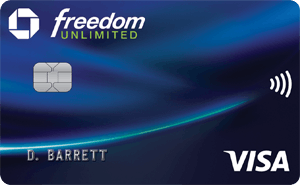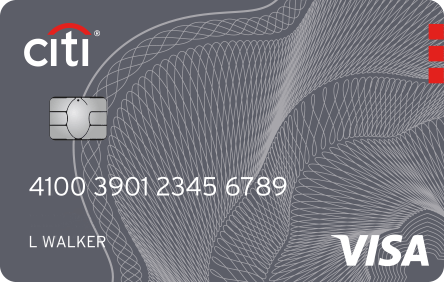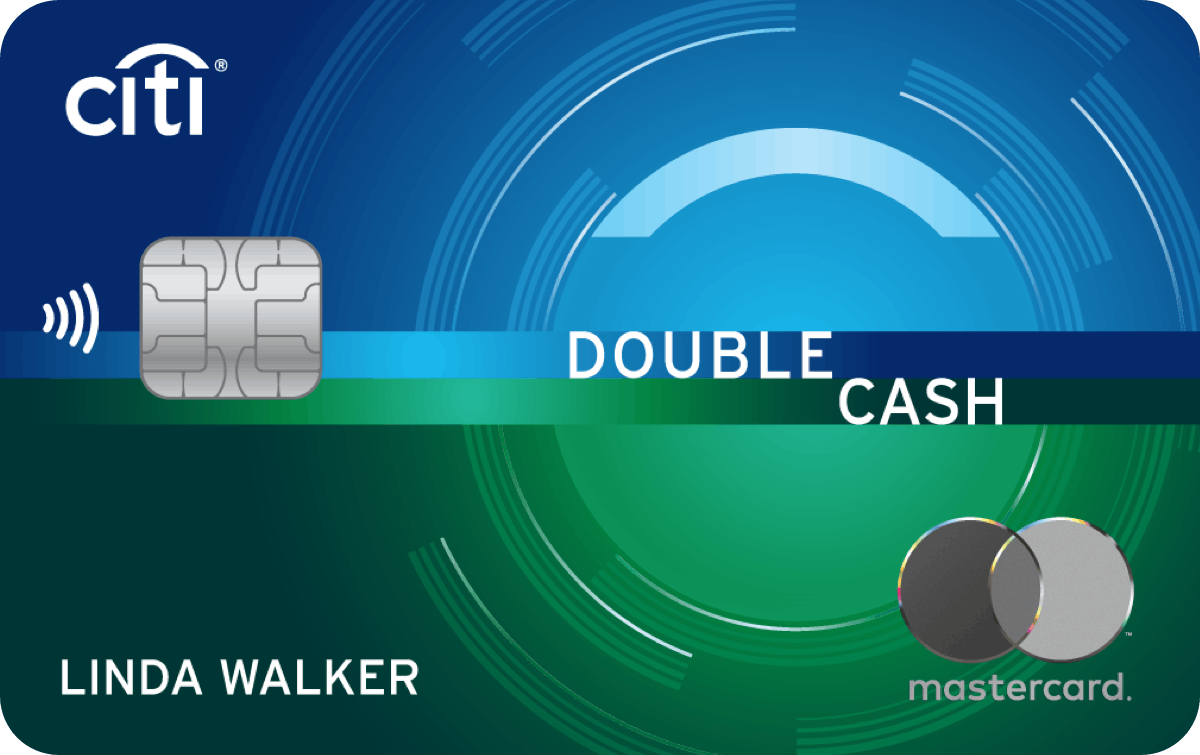In a Nutshell
Learn how you can use your excellent credit scores to maximize your rewards from purchases, pair complementary credit card benefits and simplify your finances.These offers are no longer available on our site: Chase Freedom Flex℠, Chase Sapphire Reserve®
Combining the best features from multiple credit cards can help you optimize your rewards rate, save you money or simplify your finances. Each is a worthy goal.
While you may already have a credit card, or even a few, sometimes adding a new card to your mix is a good idea. Card benefits and rewards programs can complement one another, which can mean more money in your pocket in the long run. And if you have excellent credit, you may be more likely to get approved when you apply for a new credit card.
Whether you’re a points-and-miles enthusiast or you’d rather minimize the time you spend thinking about your finances while still earning decent rewards, using several credit cards can help.
Keep reading for three ways to use multiple cards to reach your goals, with recommendations tailored for people who have excellent credit.
- Maximize rewards within one program
- Find complementary rewards and benefits that fit your lifestyle
- Focus on simplicity rather than rewards
- The downside of managing multiple cards
Maximize rewards within one program
If you already have a rewards program that you know and like, you can look for cards in the same family. Sometimes, the combination can lead to bigger and better benefits.
Chase Ultimate Rewards® offers a great example of how credit cards can complement one another. Here’s a quick overview of the purchase rewards rates for the four consumer cards that are part of the program.
| Rewards | Annual fee | |
|---|---|---|
| Chase Freedom Flex℠ | 5% cash back on up to $1,500 in combined purchases in bonus categories each quarter you activate (then 1%) 5% back on travel purchased through Chase 3% back on restaurants and drugstores 1% back on other purchases | $0 |
| Chase Freedom Unlimited® | 5% cash back on travel purchased through Chase 3% cash back on restaurant and drugstore purchases 1.5% cash back on every other purchase | $0 |
| Chase Sapphire Preferred® Card | 5 total points per $1 on travel purchased through Chase (after earning the $50 hotel credit) 2 points per $1 on other travel purchases 3 points per $1 on select streaming services 3 points per $1 spent on dining (including takeout and delivery) and grocery purchases 1 point per $1 on all other purchases | $95 |
| Chase Sapphire Reserve® | 10 points per $1 on Chase Dining purchases 10 points per $1 on hotel and car rental purchases with Chase Travel℠ after earning your $300 travel credit 5 points per $1 on flights purchased through Chase after earning your $300 travel credit 3 points per $1 spent on other travel after earning your $300 travel credit 3 points per $1 at restaurants, including eligible delivery and takeout 1 point per $1 on all other purchases | $550 |
Having the Chase Sapphire Preferred® Card or Chase Sapphire Reserve® can help you maximize the benefit of your Chase Ultimate Rewards points. With either card you can transfer your points to a variety of travel partners’ loyalty programs.
No matter which card you have, you can book travel through Chase using points. Generally, each point in the program is worth 1 cent. But if you have the Chase Sapphire Preferred® Card, each point is worth 1.25 cents when you redeem for travel through Chase. And with the Chase Sapphire Reserve® card, each point is worth 1.5 cents if you redeem them through Chase Travel℠.
So if you have Chase Freedom Flex℠ and earn 5% cash back, which translates to five points per $1 on specific purchases, you could then transfer the points to your Chase Sapphire Reserve® account and redeem them for travel at an equivalent of 7.5 points. Qualifying travel could be points spent on airfare, hotels, car rentals and cruises through Chase.
Some people even carry the trifecta: using their Chase Freedom Flex℠ card when there’s a category bonus, Chase Sapphire Preferred® Card or Chase Sapphire Reserve® for travel and dining, and Chase Freedom Unlimited® for other purchases.
But you’ll then also have to manage three accounts as well as having to remember which card to use where, which may be more work than you want.
Find complementary rewards and benefits that fit your lifestyle
Rather than having all your rewards go toward one program, some people like to diversify and earn rewards in several programs.
Here’s a scenario to show how this can work.
If you frequently shop at Costco and enjoy traveling, it may make sense to add either the Costco Anywhere Visa® Card by Citi (only available to Costco members) and a co-branded travel card that doesn’t have a foreign transaction fee to your wallet and do the extra legwork to use the right card in the right situation.
The Costco Anywhere Visa® Card by Citi gives you 2% cash back when shopping at Costco and Costco.com.
You can also earn 3% cash back on restaurants and eligible travel purchases and 4% cash back on up to $7,000 spent on eligible gas and electric vehicle charging purchases each year (including non-Costco gas stations), then 1% thereafter.
For your traveling needs, the co-branded travel credit card that’s best for you can depend on the airports you live near, where you like to fly and which hotels you prefer.
Focus on simplicity rather than rewards
Maybe you’re more interested in keeping track of your purchases and staying on top of your finances than maximizing rewards. Splitting your expenses between two cards can help. Use one card for your regular and fixed monthly expenses — such as subscription services, insurance, internet and phone plans — and another card for everything else.
With this arrangement, you’ll be able to quickly identify when a regular expense increases (for example, an increase in your cable or internet bill).
The Citi Double Cash® Card is a good option for your monthly expenses. It doesn’t have an annual fee and you won’t have to track rewards rates for purchases. You get 2% cash back (1% cash back on every purchase and an additional 1% cash back when you pay off those purchases).
Make sure you make monthly payments on time and in full because if you carry a balance, the interest charged will more than outweigh your cash back rewards and paying late could hurt your credit.
Your second card could be the Blue Cash Preferred® Card from American Express. With it, you could earn …
- 6% cash back on up to $6,000 spent at U.S. supermarkets each year (you get 1% cash back on additional purchases)
- 6% cash back on select U.S. streaming subscriptions
- 3% cash back on transit including taxis/rideshares, parking, tolls, trains, buses and more
- 3% cash back at U.S. gas stations
- 1% cash back on other purchases
Consider if your everyday spending rewards from the Blue Cash Preferred® Card from American Express will exceed the annual fee: $0 intro annual fee for the first year, then $95.
In this example, neither card requires you to opt into rewards categories, keeping rewards earning relatively simple.
The downside of managing multiple cards
Having several credit cards can be beneficial in many circumstances. But it may not be ideal for everyone. If you accidentally mix up cards and pay a bill late, or miss a payment completely, you could have to pay late fees and it may wind up hurting your credit.
And if you have trouble limiting your purchases or paying your bill in full each month, sticking to debit or cash may be better than using a credit card at all.
You also might not want to have to keep track of several cards or online accounts — and that’s OK. But responsibly managing multiple cards — even just two — can be more rewarding than just using one.
Bottom line
Using a credit card can yield a variety of rewards and perks. But there may be limitations, and you could be best off with several cards for different circumstances. You can often find two or three cards that, when used together, increase the value of the points you earn or have complementary benefits or fee structures.





